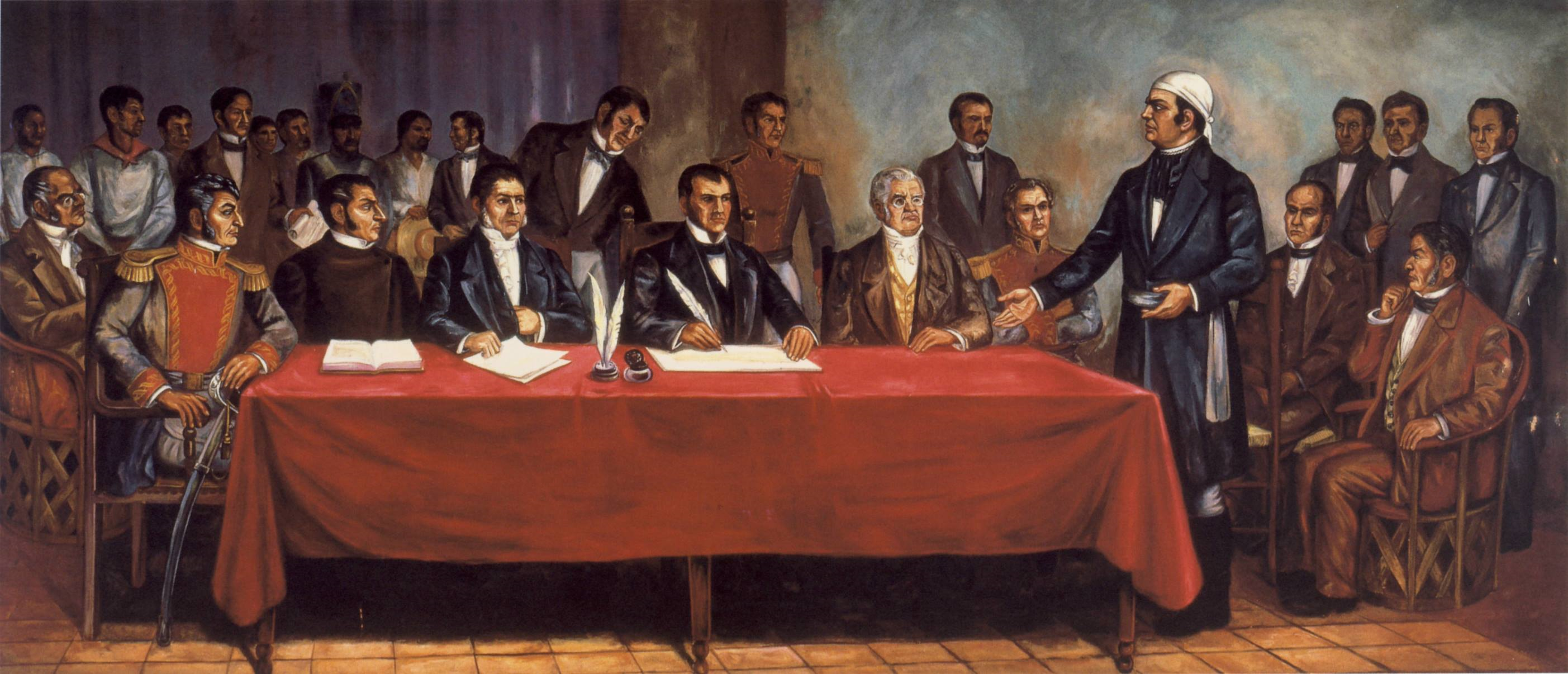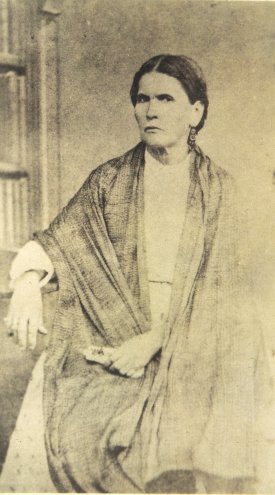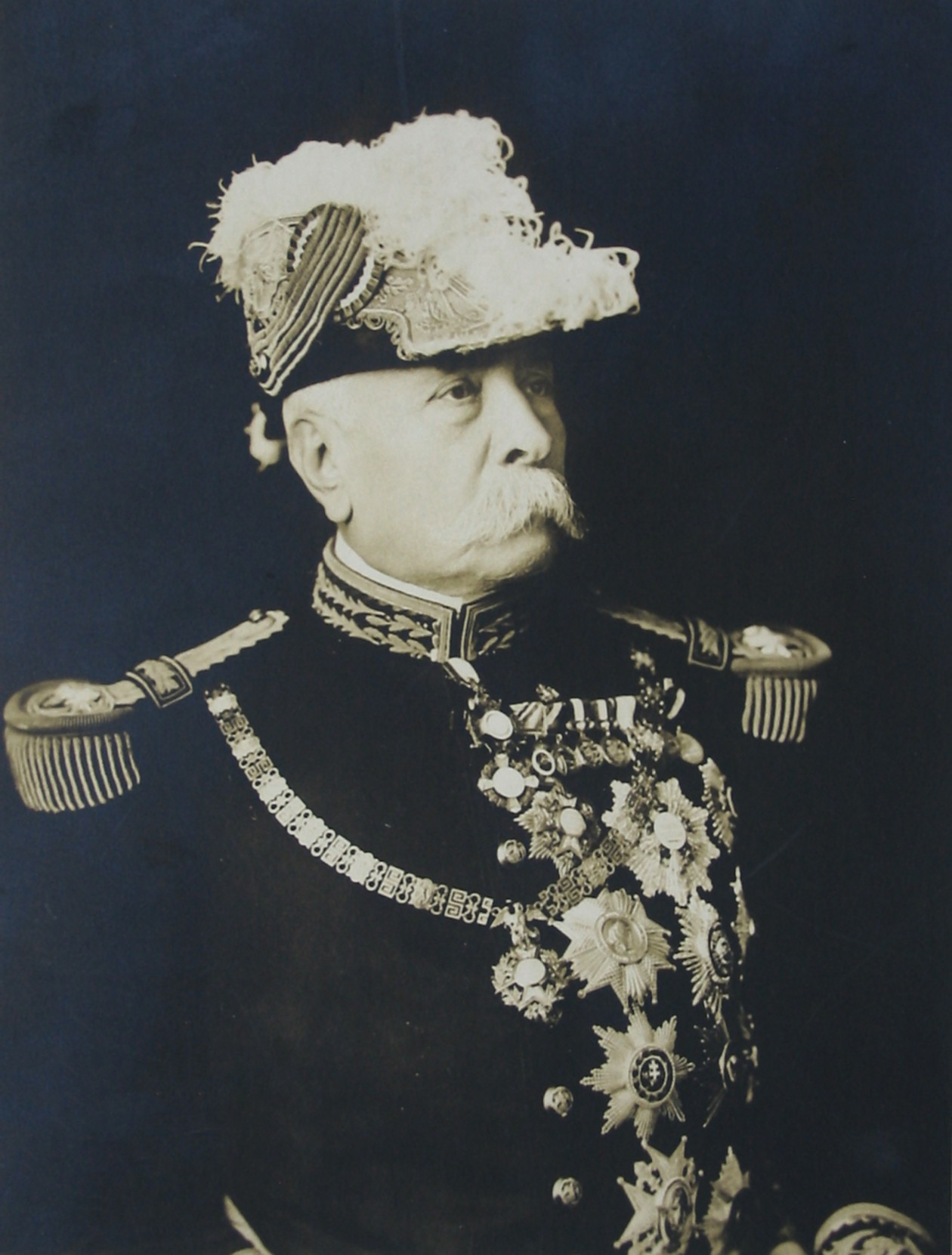|
Chilpancingo De Los Bravo
Chilpancingo de los Bravo (commonly shortened to Chilpancingo; ; Nahuatl: Chilpantzinco ()) is the capital and second-largest city of the Mexican state of Guerrero. In 2010 it had a population of 187,251 people. The municipality has an area of in the south-central part of the state, situated in the Sierra Madre del Sur mountains, on the bank of the Huacapa River. The city is on Federal Highway 95, which connects Acapulco to Mexico City. It is served by Chilpancingo National Airport, which is one of the five airports in the state. History In pre-Columbian times, the area was occupied by the Olmecs, who built an extensive tunnel network through the mountains, and left the cave paintings in the caverns of Juxtlahuaca. The city of Chilpancingo was founded on 1 November 1591 by the Spanish conquistadores, its name meaning "Place of Wasps" in Nahuatl. During the War of Independence, Chilpancingo was crucial to the insurgent cause as its population participated actively and decisive ... [...More Info...] [...Related Items...] OR: [Wikipedia] [Google] [Baidu] |
City
A city is a human settlement of a substantial size. The term "city" has different meanings around the world and in some places the settlement can be very small. Even where the term is limited to larger settlements, there is no universally agreed definition of the lower boundary for their size. In a narrower sense, a city can be defined as a permanent and Urban density, densely populated place with administratively defined boundaries whose members work primarily on non-agricultural tasks. Cities generally have extensive systems for housing, transportation, sanitation, Public utilities, utilities, land use, Manufacturing, production of goods, and communication. Their density facilitates interaction between people, government organisations, government organizations, and businesses, sometimes benefiting different parties in the process, such as improving the efficiency of goods and service distribution. Historically, city dwellers have been a small proportion of humanity overall, bu ... [...More Info...] [...Related Items...] OR: [Wikipedia] [Google] [Baidu] |
Juxtlahuaca
Juxtlahuaca (), or Xiuxtlahuaca (), is a cave and archaeological site in the Mexican state of Guerrero containing murals linked to the Olmec motifs and iconography. Along with the nearby Oxtotitlán cave, Juxtlahuaca walls contain the earliest sophisticated painted art known in Mesoamerica, and only known example of non- Maya deep cave art in Mesoamerica. The cave The Juxtlahuaca site is located some 45 km southeast of the state capital Chilpancingo in what is now a National Park. The entire cave system is slightly over 5 km. The caves, also called Grutas de Juxtlahuaca ("Grottos of Juxtlahuaca"), are a favorite destination of spelunkers. The caves are open to the public, but a local guide is required. The site's paintings have been estimated to be over a kilometre down a long cavern: descent times are roughly two hours and some passages are partially filled with water. The paintings The most well-known of the cave art is Painting 1, which features a large ... [...More Info...] [...Related Items...] OR: [Wikipedia] [Google] [Baidu] |
Victoriano Huerta
José Victoriano Huerta Márquez (; 23 December 1850 – 13 January 1916) was a Mexican general, politician, engineer and dictator who was the 39th President of Mexico, who came to power by coup against the democratically elected government of Francisco I. Madero with the aid of other Mexican generals and the U.S. Ambassador to Mexico. Establishing a military dictatorship, his violent seizure of power set off a new wave of armed conflict in the Mexican Revolution. After a military career under President Porfirio Díaz and Interim President Francisco León de la Barra, Huerta became a high-ranking officer during the presidency of Madero during the first phase of the Mexican Revolution (1911–13). In February 1913, Huerta joined a conspiracy against Madero, who entrusted him to control a revolt in Mexico City. The Ten Tragic Days – actually fifteen days – saw the forced resignation of Madero and his vice president and their murders. The coup was backed by the German Empire as ... [...More Info...] [...Related Items...] OR: [Wikipedia] [Google] [Baidu] |
Francisco I
Francis I or Francis the First may refer to: People Kings and emperors * Francis I of France (1494–1547), King of France, reigned 1515–1547 * Francis I, Holy Roman Emperor (1708–1765), reigned 1745–1765 * Francis II, Holy Roman Emperor, also known as Francis I, Emperor of Austria, (1768–1835), reigned 1804–1835 * Francis I of the Two Sicilies (1777–1830), reigned 1825–1830 Dukes *Francis I, Duke of Brittany (1414–1450), reigned 1442–1450 * Francis I, Duke of Saxe-Lauenburg (1510–1581), reigned 1543–1571 * Francis I, Duke of Nevers (1516–1561), reigned 1539–1561 * Francis I, Duke of Lorraine (1517–1545), reigned 1544–1545 * Francesco I de' Medici, Grand Duke of Tuscany (1541–1587), reigned 1574–1587 * Francesco I d'Este, Duke of Modena (1610–1658), reigned 1644–1658 Others * Francesco I Gonzaga (1366–1407) * Francis I of Beauharnais (died 1587), leading noble of the French House of Beauharnais * Francis I Rákóczi (1645–1676), e ... [...More Info...] [...Related Items...] OR: [Wikipedia] [Google] [Baidu] |
Porfirio Díaz
José de la Cruz Porfirio Díaz Mori (; ; 15 September 1830 – 2 July 1915) was a General (Mexico), Mexican general and politician who was the dictator of Mexico from 1876 until Mexican Revolution, his overthrow in 1911 seizing power in a Plan of Tuxtepec, military coup. He served on three separate occasions as President of Mexico, a total of over 30 years, this period is known as the Porfiriato and has been called a ''de facto'' dictatorship. Díaz’s time in office is the longest of any Mexican ruler. Díaz was born to a Oaxacan family of modest means. He initially studied to become a priest but eventually switched his studies to law, and among his mentors was the future President of Mexico, Benito Juárez. Díaz increasingly became active in Liberal Party (Mexico), Liberal Party politics fighting with the Liberals to overthrow Antonio López de Santa Anna, Santa Anna in the Plan of Ayutla, and also fighting on their side against the Conservative Party (Mexico), Conservative ... [...More Info...] [...Related Items...] OR: [Wikipedia] [Google] [Baidu] |
Emiliano Zapata
Emiliano Zapata Salazar (; 8 August 1879 – 10 April 1919) was a Mexican revolutionary. He was a leading figure in the Mexican Revolution of 1910–1920, the main leader of the people's revolution in the Mexican state of Morelos, and the inspiration of the agrarian movement called ''Zapatismo''. Zapata was born in the rural village of Anenecuilco, in an era when peasant communities came under increasing repression from the small-landowning class who monopolized land and water resources for sugarcane production with the support of dictator Porfirio Díaz (President from 1877 to 1880 and 1884 to 1911). Zapata early on participated in political movements against Díaz and the landowning ''Hacienda, hacendados'', and when the Revolution broke out in 1910 he became a leader of the peasant revolt in Morelos. Cooperating with a number of other peasant leaders, he formed the Liberation Army of the South, of which he soon became the undisputed leader. Zapata's forces contributed to the ... [...More Info...] [...Related Items...] OR: [Wikipedia] [Google] [Baidu] |
Mexican Revolution
The Mexican Revolution () was an extended sequence of armed regional conflicts in Mexico from 20 November 1910 to 1 December 1920. It has been called "the defining event of modern Mexican history". It saw the destruction of the Federal Army, its replacement by a Liberation Army of the South, revolutionary army, and the transformation of Mexican culture and Federal government of Mexico, government. The northern Constitutionalists in the Mexican Revolution, Constitutionalist faction prevailed on the battlefield and drafted the present-day Constitution of Mexico, which aimed to create a strong central government. Revolutionary generals held power from 1920 to 1940. The revolutionary conflict was primarily a civil war, but foreign powers, having important economic and strategic interests in Mexico, figured in the outcome of Mexico's power struggles; United States involvement in the Mexican Revolution, the U.S. involvement was particularly high. The conflict led to the deaths of around ... [...More Info...] [...Related Items...] OR: [Wikipedia] [Google] [Baidu] |
Congreso De Chilpancingo
() is a musical band from Chile. Founded in 1969 in Quilpué, the band has been highly acclaimed with over 50 years in Latin American music. The band is one of the most important bands in the history of Chilean music, both for its refined musical compositions with lyrics of social and ethnic content, as well as for the good reception of the national and international public and critics. Formed together with Los Jaivas and Los Blops, it's one of the cornerstones in the new Chilean progressive sound and the 'Chilean rock, Chilenization of Rock' between the mid 60's and early 70's. They began their career in the late 1960s linked to the Nueva Canción Chilena, New Chilean Song movement, however with the advent of the Military government of Chile (1973–1990), military dictatorship and cultural constraints of the time, added to the great instrumental vocation of its members, they evolved into a progressive rock style, and later to a fusion (music), fusion sound that incorporated e ... [...More Info...] [...Related Items...] OR: [Wikipedia] [Google] [Baidu] |
Tixtla
Tixtla (formally, Tixtla de Guerrero) (, ) is a town and seat of the municipality of Tixtla de Guerrero in the Mexican state of Guerrero. The name is Nahuatl, and means either "maize dough" ''(masa) ''from ''textli;'' "our valley" from ''to ixtla;'' or "temple by the water" from '' teoixtlen' History Antonia Nava de Catalán, a heroine of the Mexican War of Independence, was born in Tixtla. Tixtla was also the birthplace of both Independence hero and Mexican president Vicente Guerrero (1783–1831) and writer and educator Ignacio Manuel Altamirano (1834–1893). It served as the first capital of Guerrero, from 1851 to 1870, and the state constitution was promulgated there on 14 June 1851. Geography The municipality is located between 17°20' & 17°43' N and 99°15' & 99°28' W, some east of state capital Chilpancingo. It covers a total surface area of . It reported 33,620 people in the 2000 census, including 18% Native Americans (speakers of Nahuatl Nahuatl ( ; ... [...More Info...] [...Related Items...] OR: [Wikipedia] [Google] [Baidu] |
Antonia Nava De Catalán
Antonia Nava de Catalán (17 November 1779 – 19 March 1843) was a woman involved in the Mexican War of Independence. She accompanied her husband, a volunteer who rose to the rank of colonel, throughout the war. Three of her sons were killed in the struggle. She is remembered for her willingness to sacrifice her family and herself to achieve independence from Spain, and came to be known as "La Generala". She fought alongside Jose Maria Morales until her death. Women's Role in the War of Independence In more urban areas, women worked as servants or street vendors, selling from food to clothes. If these women were not in the market place, they were back in their homes doing domestic housework, as in cooking and cleaning. In Spain women who did this work were considered honorable, and if women were seen as homeless or "unworthy", they would be placed into homes in order to be re-educated or work as prostitutes. Women who fought in the war were battling against times of oppression br ... [...More Info...] [...Related Items...] OR: [Wikipedia] [Google] [Baidu] |
Nicolás Catalán
Nicolás Catalán (Chilpancingo, 1780 - 1838) was a leader of the resistance stage of the Mexican War of Independence, active in the current state of Guerrero. He was married to Antonia Nava de Catalán. He was promoted to the rank of general on 22 February 1823. He died in Chilpancingo Chilpancingo de los Bravo (commonly shortened to Chilpancingo; ; Nahuatl: Chilpantzinco ()) is the capital and second-largest city of the Mexican state of Guerrero. In 2010 it had a population of 187,251 people. The municipality has an area of ... on 17 March 1838. References 1780 births 1838 deaths Rebels from New Spain {{Mexico-bio-stub ... [...More Info...] [...Related Items...] OR: [Wikipedia] [Google] [Baidu] |
José María Morelos Y Pavón
José is a predominantly Spanish and Portuguese form of the given name Joseph. While spelled alike, this name is pronounced very differently in each of the two languages: Spanish ; Portuguese (or ). In French, the name ''José'', pronounced , is an old vernacular form of Joseph, which is also in current usage as a given name. José is also commonly used as part of masculine name composites, such as José Manuel, José Maria or Antonio José, and also in female name composites like Maria José or Marie-José. The feminine written form is ''Josée'' as in French. In Netherlandic Dutch, however, ''José'' is a feminine given name and is pronounced ; it may occur as part of name composites like Marie-José or as a feminine first name in its own right; it can also be short for the name ''Josina'' and even a Dutch hypocorism of the name ''Johanna''. In England, Jose is originally a Romano-Celtic surname, and people with this family name can usually be found in, or traced to, the ... [...More Info...] [...Related Items...] OR: [Wikipedia] [Google] [Baidu] |






